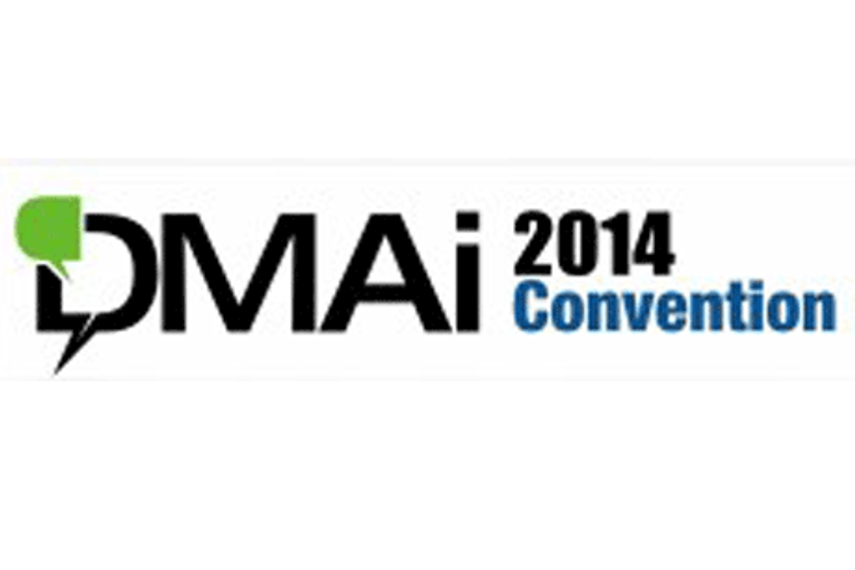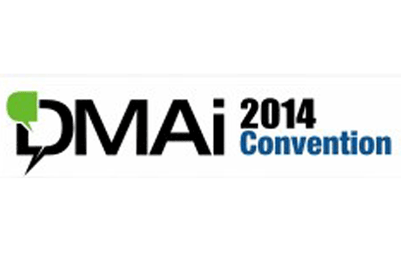
Some of the key takeouts on day one of the Direct Marketing Association of India's 2014 Convention which kicked off on 22 January in Gurgaon, were on the key pillars of direct marketing: technology, targeting and content.
Transforming social via technology
Underlining the evolution of technology and its impact on communication, Julio Fernandez, VP search marketing and analytics, Socialselfspace.com, said, “Devices are improving and the experience is improving.”
Providing a glimpse of things to come, he cited the curved TV screens and curved phones that one could expect in 2014. This trend, he reasoned, was born of the fact that the human face is not flat - in order to get a better image and be able to talk comfortably, we need our devices to be curved.
'It is your behaviour that defines you as a brand'
A session themed ‘Is PR social or is social PR? The medium vs. the message’ turned the spotlight to the PR function.
Hemant Mohajkar, account director, Adfactors PR, said, “PR is 90 per cent behaviour and 10 per cent communication. It is your behaviour that defines you as a brand.”
The idea of PR in social media should be concentrated on what the brand is and then try to take the idea further by engaging the audience, he argued. Mahajkar listed the three pillars to social media as: creativity, engagement and analytics. Post which, he went on to define 'five key insights for social media'.
"The first insight is to ‘Start a conversation’," he said. And explained: “Some brands push brand into content while what the consumer really wants is a good service or the brand to solve a problem.”
He presented a 2009 case study on ‘Stop student suicides’, a Facebook campaign he had started. He started by writing about how children could manage pressure and other related topics. The campaign got support from Palaash Sen (lead singer of the band Euphoria), who offered to sing a song for the cause. The core idea was to get close to the customer, and the campaign ran without a brand, he explained.
The second social media insight he cited was to 'Engage influencers'. He presented another case study on client ‘Goa Tourism Board’, from the time when there was an outrage on Twitter on a ban on drinking on beaches. Instead of waiting for the PR machinery to release a statement to the press the next day, Mahajkar convinced the client to send out a tweet. That resulted in reaching the target group and resulted in many people supporting the ban with a new perspective, he explained. Other the 'insights' he named were: ‘Love thy data’, ‘No offline/online today’ and ‘Personalised PR’. He surmised, “I read what interests me. Your content is not going to be relevant to everyone.”
Content - The key
Nikhil Rungta, chief business officer, Yebhi.com, spoke on the need for relevant content. He said, “If you do the right kind of content, PR will happen.” On changing trends in advertising, he noted that while advertisements came somewhere between the content few years ago, now they were getting into the content. He cited examples of Tanishq and Google where the product was integrated with content. He underlined: “PR is a vehicle but content is the most important thing; that is what will attract people’s attention.”
The first day ended with a panel discussion featuring Balaji Vishwanath, director marketing, American Express, and Pranab Punj, director - digital media, Viacom18 Media. The subject of discussion was ‘The end of campaign: Can your brand learn to pivot, iterate and optimise?'
Vishwanath pointed to how a campaign ends when you don’t approach the right people, with the example of discount coupons sent to the wrong hands - like Groupon deals on waxing packages sent to men! Punj spoke of creating a community as the first step prior to creating a campaign. The idea behind this, he said, was to get a community talking about your brand and influencing people even before the campaign. Arguing that 'Social' is every interaction one does on the digital platform, he urged marketers to created forums for creating conversations. "I am a great believer in creating a community and then creating a campaign,” he emphasised.
Concurring, Vishwanath added, “Gone are the days when a single campaign will appeal to your consumers. You don’t necessarily have to get personal. It’s like, 'Can I meaningfully classify you?' How are you looking at the bread crumbs the consumer is leaving on the internet? How can you leverage all the information and make it meaningful to the consumer?"


.jpg&h=334&w=500&q=100&v=20250320&c=1)

.jpg&h=334&w=500&q=100&v=20250320&c=1)
.jpg&h=334&w=500&q=100&v=20250320&c=1)

.jpg&h=334&w=500&q=100&v=20250320&c=1)









.jpg&h=268&w=401&q=100&v=20250320&c=1)
.jpg&h=268&w=401&q=100&v=20250320&c=1)
